A Larynx paralysis is the result of damage to the tenth cranial nerve and its branches and can occur unilaterally or bilaterally. In the context of speech therapy and / or surgical measures, laryngeal paralysis can be treated well in the majority of cases.
What is laryngeal paralysis?

© Alila Medical Media - stock.adobe.com
As Larynx paralysis is a partial or complete paralysis of the laryngeal muscles, which is accompanied by restricted movement or malposition of the vocal cords and / or glottis (glottis).
As a rule, laryngeal paralysis is due to damage to the vagus nerve (tenth cranial nerve) and its two branches (superior laryngeal nerve and recurrent laryngeal nerve). Paralysis of the superior laryngeal nerve results in a loss of the cricothyroid muscle, which reduces the elasticity of the vocal cords, which severely limits the articulation of high-pitched notes, while a loss of the recurrent laryngeal nerve results in a loss of respiratory mobility of the affected vocal cord.
In addition, depending on the position of the affected vocal cord, a different degree of hoarseness manifests itself. In bilateral laryngeal paralysis, the focus is on shortness of breath, which is more pronounced the narrower the glottis. Damage to the vagus nerve, on the other hand, can lead to a complete failure of the larynx muscles with paralysis of the pharyngeal muscles and the soft palate and is associated with pronounced voice disorders and swallowing disorders.
causes
Different causes that affect the vagus nerve and its branches can result in one Larynx paralysis to lead. In most cases, laryngeal paralysis is due to surgical interventions in the neck area (including thyroid surgery, esophageal surgery, laryngoscopy), in which the risk of injury to the recurrent laryngeal nerve (recurrent palsy) is increased.
In addition, various tumors (bronchial carcinoma, esophageal carcinoma, schwannoma, Garcin syndrome), infectious-toxic causes (herpes zoster, poliomyelitis, toxins, drugs), congenital impairments (hydrocephalus, spina bifida, Arnold-Chiari syndrome) and immunological factors (Guillain -Barré syndrome) cause laryngeal paralysis.
Central larynx paralysis can manifest itself as a result of lesions in the central motor nerve tract and is expressed in the form of abnormal vocal cord movements, which often indicate neurological diseases associated with dysarthria (central speech disorders) (including multiple sclerosis, Wallenberg syndrome). In rare cases, laryngeal paralysis cannot be attributed to any cause (idiopathic laryngeal paralysis).
Symptoms, ailments & signs
Larynx paralysis manifests itself through characteristic symptoms such as hoarseness, abnormal breathing noises and shortness of breath. In severe cases, the affected person loses their voice. Before that, there are usually difficulty swallowing, dry cough and occasionally pain. The symptoms can be unilateral or bilateral and vary in severity.
In the case of mild laryngeal paralysis, only whistling breathing sounds and slight breathing difficulties occur, which subside after a few days. In severe paralysis, a temporary loss of voice may occur. In addition, any nerve damage can cause coughing attacks and problems swallowing. Damage to the laryngeal nerve on both sides can be life-threatening.
Then acute shortness of breath is possible, which is associated with circulatory problems, an insufficient supply of oxygen to the body and panic attacks. In general, laryngeal paralysis causes a dry cough, sore throat and the typical foreign body sensation. Many sufferers feel a scratchy throat. If food particles get into the lungs, it can lead to pneumonia.
Pneumonia is associated with other health problems and initially manifests itself as malaise, fever and indefinable pain in the lungs. If the larynx paralysis is treated early, the signs of the disease will soon weaken. If there is no therapy, a life-threatening condition can arise.
Diagnosis & course
A Larynx paralysis can be diagnosed on the basis of the characteristic clinical symptoms (hoarseness, carcass displacement, weakened coughing, inspiratory stridor, loss of voice and shortness of breath in the case of bilateral paralysis).
The diagnosis is confirmed by an ENT examination with an examination of the larynx and glottis. In the context of nerve function tests, an impairment of the nerves can be determined. Diagnostic imaging procedures (computed tomography, magnetic resonance imaging, x-ray or sonography) provide information about tumors and other underlying factors.
In the differential diagnosis, laryngeal paralysis should be differentiated from myogenic (myopathy of the vocalis muscle, myastenia gravis pseudoparalytica) and articular (interarytenoid fibrosis, ankylosis of the cricoarytenoid joint). With early diagnosis and timely start of therapy, laryngeal paralysis usually has a good prognosis and around two thirds of the symptoms of paralysis regress within six to eight months.
Complications
In the case of paralysis in the larynx, the so-called recurrent paresis, there can be considerable complications. These depend entirely on the position of the paralyzed vocal fold, whether the paralysis occurs on one side or on both sides, as well as on the tension and vibration capacity of this. The paralysis becomes particularly dangerous when both vocal cords are paralyzed and are also in the middle position (median).
Then they close the entrance to the windpipe and shortness of breath occurs. It may be necessary to make an incision in the trachea and provide the patient with a tracheostomy tube through which they can then breathe. However, this extreme case rarely occurs. Unilateral paralysis is more common. If a recurrent palsy occurs, the healthy voice is lost.
Timely voice therapy can prevent long-term damage. However, the paralysis may persist. However, the healthy side of the vocal cord is able to compensate so that the paralysis is no longer audible. Without treatment, there is a higher chance that the voice will sound hoarse, poor in tone, and harsh for a long time. The diseased voice is not infrequently a major problem in communication at work. In addition to the restricted voice function, difficulty swallowing and throat clearing are among the most common complications in laryngeal paralysis.
When should you go to the doctor?
A doctor should be consulted if there is persistent change in vocalization. If the usual color of the voice or the strength of the vocalization is impaired, a doctor's visit is required. If the person concerned can only whisper or make barking noises, a doctor is required to clarify the cause. See a doctor if you feel hoarseness, inability to speak, or if the throat or throat feels scratchy. If there are whistling noises when breathing, a dry cough and sputum when coughing, a doctor should be visited.
A doctor must be consulted in the event of discomfort with the act of swallowing, refusal to eat or a decrease in the usual fluid intake. There is a threat of an undersupply of the organism, which in severe cases can lead to the premature death of the patient. Disturbances in breathing, a feeling of tightness in the throat or interruptions in breathing must be clarified by a doctor. In the event of breathlessness and a rapid heartbeat, it is advisable to consult a doctor immediately. In severe cases, call an emergency doctor. If you feel sick, if you are afraid of suffocation or if you suffer from dizziness, you should consult a doctor. If the frequency of swallowing increases sharply while eating, a doctor is required.
Treatment & Therapy
The therapeutic measures depend on one Larynx paralysis on the severity of the impairment and the underlying cause. For example, in the case of laryngeal paralysis that is associated with a unilateral vocal cord failure, early voice therapy is used, if necessary to prevent muscle atrophy in combination with faradization (low-frequency stimulation current) of the affected nerves.
Here, speech therapy aims to compensate the affected vocal cords with the healthy ones.In some cases, anti-inflammatory and decongestant drugs are also recommended. If the larynx paralysis is caused by a bacterial infection, antibiotic therapy is indicated.
If these treatment measures do not lead to the desired success (after about 6 months at the earliest), phonosurgical measures such as thyroplasty or vocal fold augmentation may be indicated, in the course of which a new complete vocal cord closure or glottic closure is created by a median shift of the affected vocal cord, in order to improve vocalization and - to ensure volume.
If there is bilateral paralysis of the larynx, the surgical measures (endolaryngeal laser resection of the control cartilage, laterofixation) aim at optimizing the respiratory function by shifting the paralyzed vocal cords laterally to enlarge the glottis. In addition, in the case of bilateral laryngeal paralysis due to acute respiratory distress, a tracheotomy (tracheal incision) with subsequent insertion of a speaking cannula may be necessary.
You can find your medication here
➔ Medicines for hoarsenessOutlook & forecast
Whether and to what extent those affected can alleviate their symptoms themselves depends on both the cause and the severity of the disease. The psychological stress of laryngeal paralysis should not be underestimated. Perceiving psychotherapeutic therapy or exchanging experiences within the framework of a self-help group helps to look positively into the future again.
The voice therapy carried out as part of the treatment of one-sided vocal cord failure can also be deepened by the patient with targeted exercises at home. Medicinal therapy can also be supported with homeopathic active ingredients. However, due to the risk of interactions, this must be clarified in advance with the attending physician.
After about six months it will be decided whether the chosen measures have had the desired effect or whether surgical intervention may be necessary. If this is the case, the patient must ensure the necessary bed rest postoperatively and must not strain his voice in the first few days and speak as little as possible.
In order to relieve the surgical wound, the patient must first fall back on liquid food. It should also not be too hot, too cold or too spicy. The attending physician will set up an individual nutrition plan in advance, which also ensures an adequate supply of vitamins and nutrients.
prevention
One Larynx paralysis can be prevented to a limited extent depending on the underlying cause. Infectious diseases of the upper respiratory tract should be treated early and consistently in order to avoid impairment of the nerves supplying the larynx muscles. In addition, surgical interventions in the neck area, especially thyroid operations, should only be carried out with appropriate injury-prevention measures.
Aftercare
The extent to which follow-up care is necessary depends on the type and outcome of the initial therapy. A basic distinction must be made here between conservative methods and surgical intervention. Outpatient therapies take place until the best possible result has been achieved. If the symptoms are free, no follow-up care is necessary.
If there are restrictions, doctors try to keep them as low as possible through medication or other therapies. Since the ability to speak often suffers, this often results in psychological and social problems. Psychotherapy then leads to more stability. Long-term treatment may be indicated if the course is severe.
If, on the other hand, a surgical procedure took place, the surgeon initially takes over the follow-up care. During the first few months, he checks the resilience of the voice and breathing capacity several times. This is followed by a long-term control, which is usually scheduled once a year. A local ear, nose and throat doctor can also do this. In this the remaining symptoms of the larynx paralysis are discussed.
If complications are suspected, a larynxoscopy and imaging tests may be performed. If a laryngeal paralysis was triggered by a tumor disease, a detailed aftercare plan is drawn up. This should lead to new cancer formation being detected as early as possible. Doctors promise themselves an optimal treatment option.
You can do that yourself
The measures affected by laryngeal paralysis themselves can take depends on the severity of the impairment, the underlying causes and the type of treatment.
In the case of laryngeal paralysis, which is associated with a unilateral vocal cord failure, voice therapy is usually carried out, which can be supported at home with voice exercises. Medicinal treatment can possibly be supported by natural remedies. The responsible doctor must decide whether homeopathic remedies can be used. After an operation, the usual measures such as rest and bed rest apply. The voice must not be burdened in the first few days after an operation. The diet should consist of liquid food shortly after the operation, which must not be too irritating, spicy, hot or cold. As a rule, the doctor will work out an individual diet together with the patient.
As a larynx paralysis often represents a considerable burden for those affected, therapeutic advice is useful. The patient should contact the attending physician for this purpose. He or she can establish contact with a specialist and, if necessary, suggest a suitable self-help group.



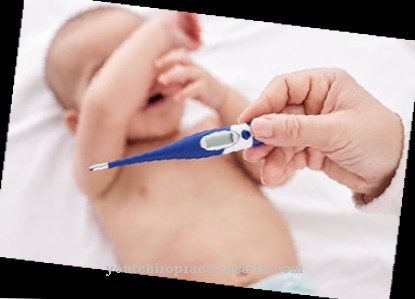


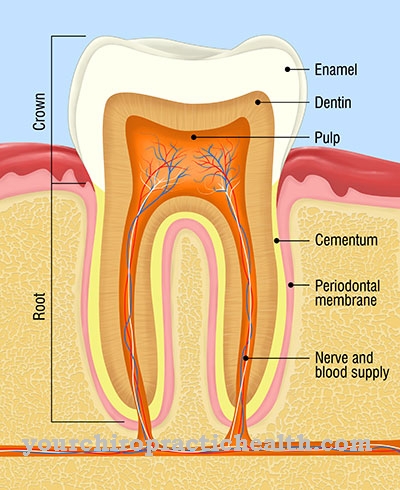



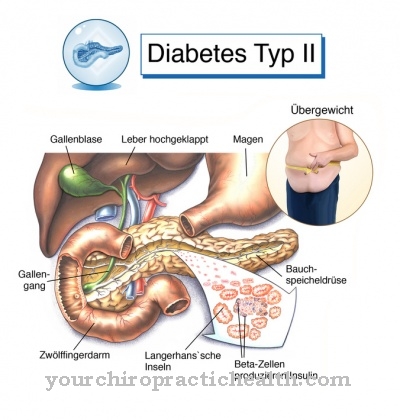

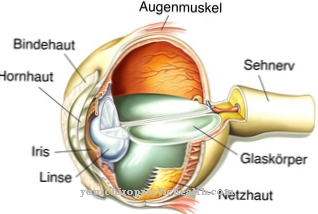


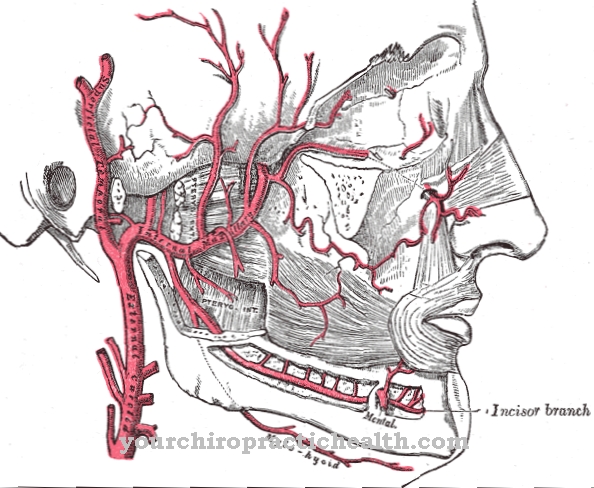




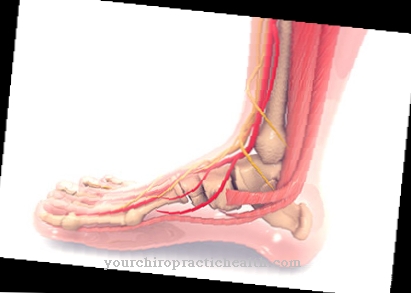
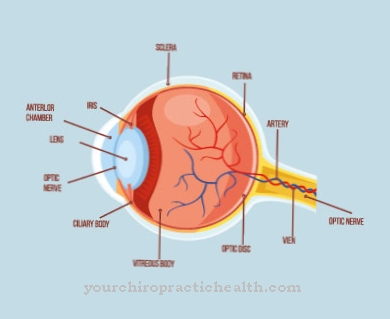

-eisenmangelanmie.jpg)

.jpg)


